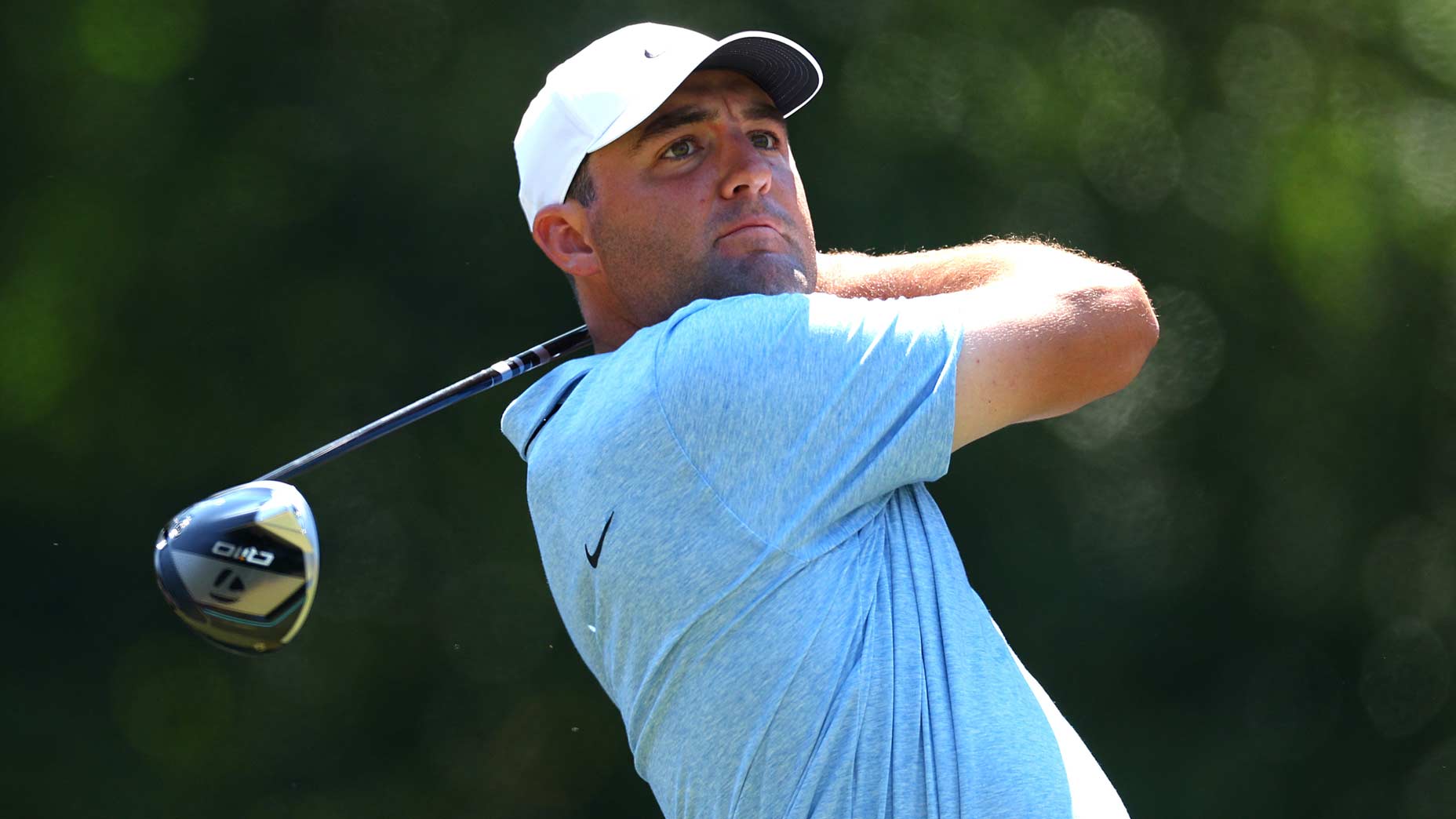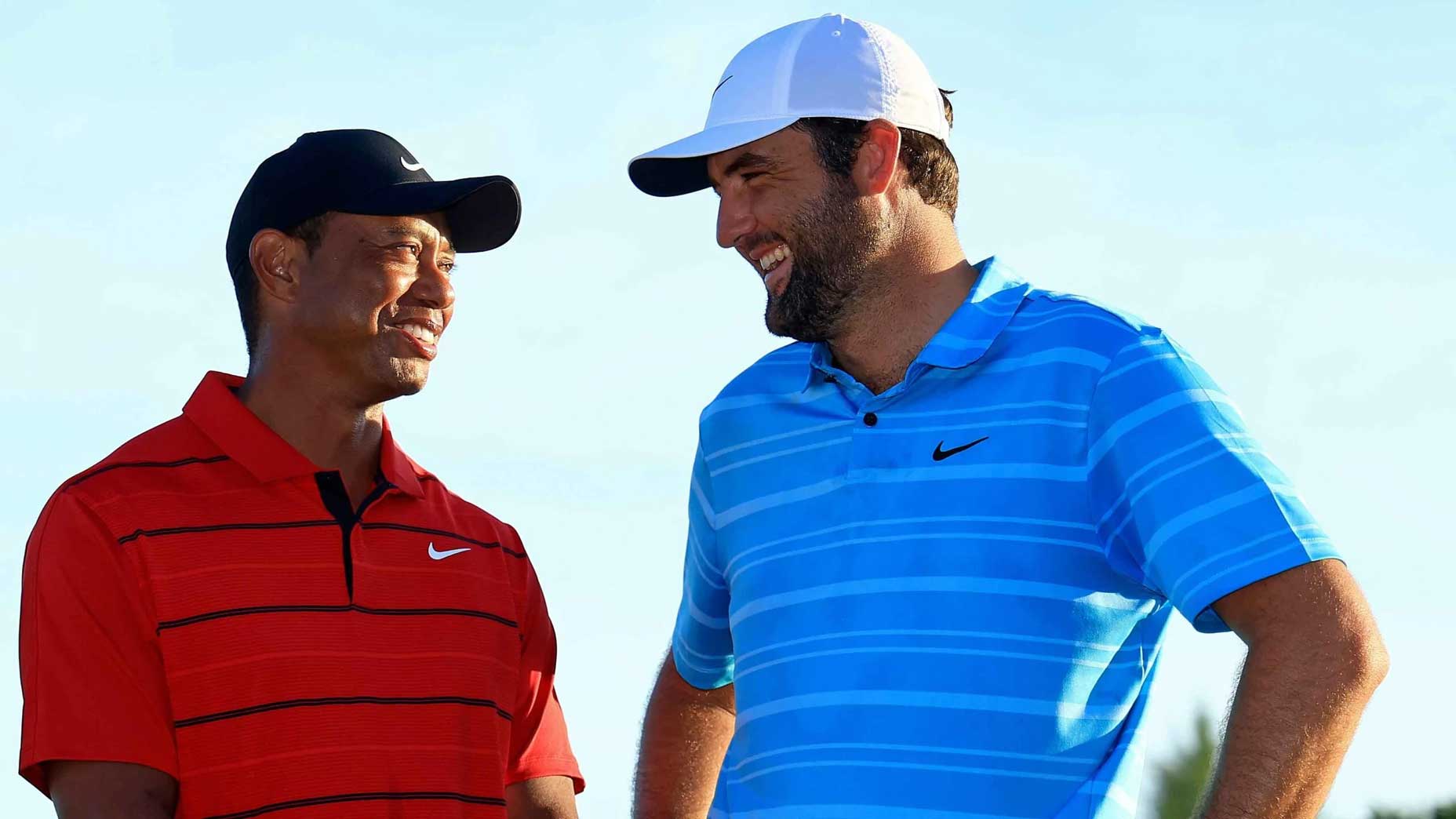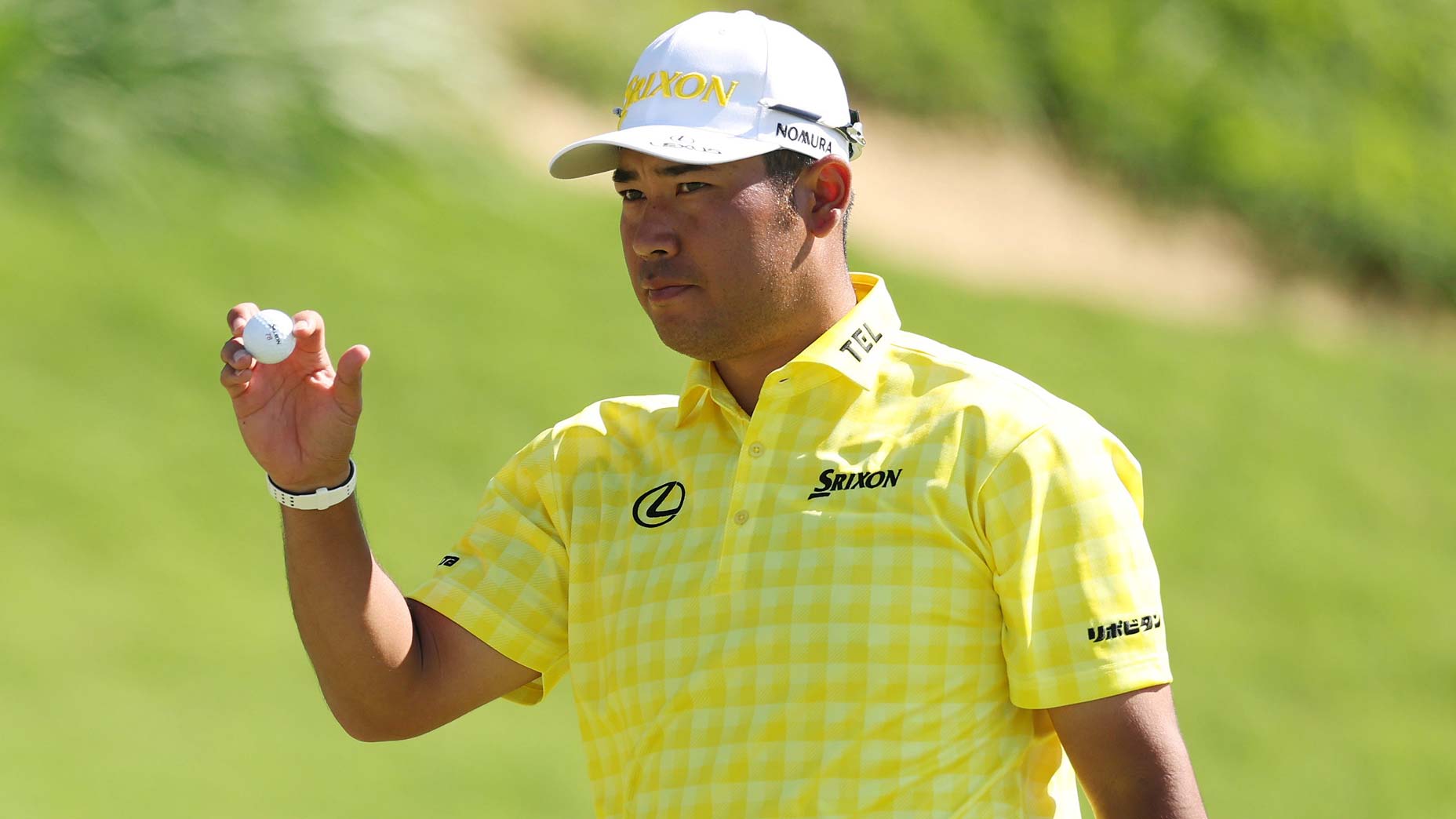In 1997, Ben Crenshaw was only two years removed from his second green-jacket win but not playing particularly well at Augusta National. He opened the final round at 6-over and treaded water until a birdie and par at holes 13 and 14 brought him to the par-5 15th with a chance to finish with a flourish. Never a big hitter, Gentle Ben knocked his first two strokes to wedge distance and took dead aim at the front-right pin placement. But the shot played directly into the wind, which subtracted a tad of carry and added a touch of spin. The ball hit the green and sucked back into the pond like a surfer caught in the undertow.
Crenshaw dropped another ball, eyed the pin and swung a little harder. Same result. Then another ball, another swing, another glug. By now, even the pine needles were cringing. Lying 8, Crenshaw swung again. This time the ball stuck, and two putts later he was in for an 11, the highest score recorded on hole 15 in Masters tournament play.
The feat made Crenshaw a member of a club that no one is in a particular rush to join: the group of players who’ve posted the highest scores on each hole at Augusta National. It’s an exclusive but democratic crew of dubious achievers, a mix of anonymous Masters participants and the game’s greatest players. All it takes is a few bad swings and…
“Spectators watch and I’m sure they think, Just hit it past the hole,” Crenshaw says with a laugh. “But when you’re a competitor, you think you can get it close and save a stroke.” This, Crenshaw says, is particularly true at Augusta, where the track messes with a player’s mind. “That golf course is a revealer of emotions,” he says. “You can get on a run and you feel like you can take chances. The open spaces, the acoustics, the magnificence—you feel wonderful. But one mistake and you’re out there muttering, “I can’t believe I just did that.” It works on you psychologically.”
The course certainly got in the heads of the two men who share Augusta’s highest single-hole score. Leaders in the flubhouse Tommy Nakajima and Tom Weiskopf each recorded 13s. Nakajima’s “other” came on the par-5 13th, and it had a Keystone Kops element to it. In the first round of the 1978 Masters, he pulled his drive into Rae’s Creek, dropped, laid up, then again plopped his approach into the drink. He attempted to play his next shot from the water, but it hit him in the shoe for a two-stroke penalty. His next shot also rolled back into the water, and when he tried to hand his wedge back to his caddie, they fumbled it and club met creek, bringing another two-stroke penalty. Asked after the round what he scored on the hole, Nakajima told reporters, “I lost count.”
Weiskopf got his baker’s dozen on the par-3 12th, making it the highest score over par on any hole in Masters history. The irony is that he arrived at 12 in the first round of the 1980 tournament having never hit a ball in the water in his 12 previous appearances. After rinsing his first tee shot, Weiskopf eschewed the drop zone, went to a spot about 60 yards from the pin and proceeded to dunk four more balls. Years later, he explained the experience to Sports Illustrated’s Rick Reilly: “You’re embarrassed,” he said. “You’re in a fog. You’re standing in front of the world, and it’s like you’re playing the hole naked.” At least he was half-dressed the next day, when he soaked only two balls and recorded a 7, bringing his two-day total for the hole to an even 20.
Those 13s come with an asterisk. In 2005, then 73-year-old Billy Casper, the 1970 Masters champion, showed up to play the tournament for the first time in four years. His first-round 105, which included a 14 on the par-3 16th that featured six water balls, would have set the record for highest score on a hole, highest score above par on a hole and highest overall score (eclipsing Charles Kunkle’s 95 in 1959), but Casper’s score never became official because he never turned in his card. Why bother? “I just wanted to [play] it one more time before I got old,” he said.

A trio of golfers appears twice on the list of highest scores: Jumbo Ozaki, Henrik Stenson and—it’s true—The King. All three posted 8s on 18; Ozaki added an 11 at 15; Stenson had another 8 at No. 4; and Arnold Palmer served up a 7 at the par-3 sixth. Of course, Arnie was 68 when he struggled at 7 and 71 when he nevertheless savored the 18th.
Of those three, Stenson has the most heartbreaking tale. In 2012, he came to 18 holding the first-round lead—a nice gift considering it was his 36th birthday. But he pulled his drive left, needed two shots to get out of the trees, flew his approach over the green, chipped short and then three putted. “It kept snowballing,” he said after the round, “and I got the snowman in the end.”
The scariest high-score story belongs to Hall-of-Famer Ernie Els. Never mind the back nine on Sunday—his 2016 Masters started and ended with a first-hole 9 on Thursday. Els missed the green with his approach, chipped on, then proceeded to six-putt. From three feet! His chilling explanation: “It’s hard to putt when you have snakes in your head.” (Warning: Do NOT watch the YouTube video.)
In all, nine of the high-score records are held individually, while the other nine holes have multiplayer ties, although none more than the 17th, on which 19 competitors have recorded a triple-bogey 7. It begs the question: Would a player with no chance to make the cut intentionally scratch out an 8 at 17 to get his name in the Masters record book?
It seems like a fair one to ask Clay Ogden, who earned his one and only trip to Augusta by winning the 2005 U.S. Amateur Public Links. Ogden shares the record for the ninth hole, where he made an 8 after his bogey putt from three feet to a back-right pin lipped out and ran all the way to the fringe at the front of the green, maybe a hundred feet away. “It was unfortunate and fortunate,” he says now. “You never want that kind of thing to happen, but it does make me part of the tournament’s history.”
Given another chance, would he radically butcher 17 just to grab a solo spot in the annals of Augusta National? He hesitates, then utters a sentiment that every golfer has felt at one time or another. “Nope,” he says. “One high hole is enough for me.”






